The guests take a face towel and hold it over the basin two or three times, then wipe it with their face and put money in the basin as they wish, and say their blessings to the young couple. Notably, only the brothers, sisters, aunts, uncles, grandparents who are the groom's seniors are allowed to receive face towels. If the guests are still married, the bride will give them a pair of face towels. Those who are not married, or whose spouse has died, will only receive one towel. No one in Binh Lieu knows when this custom began.
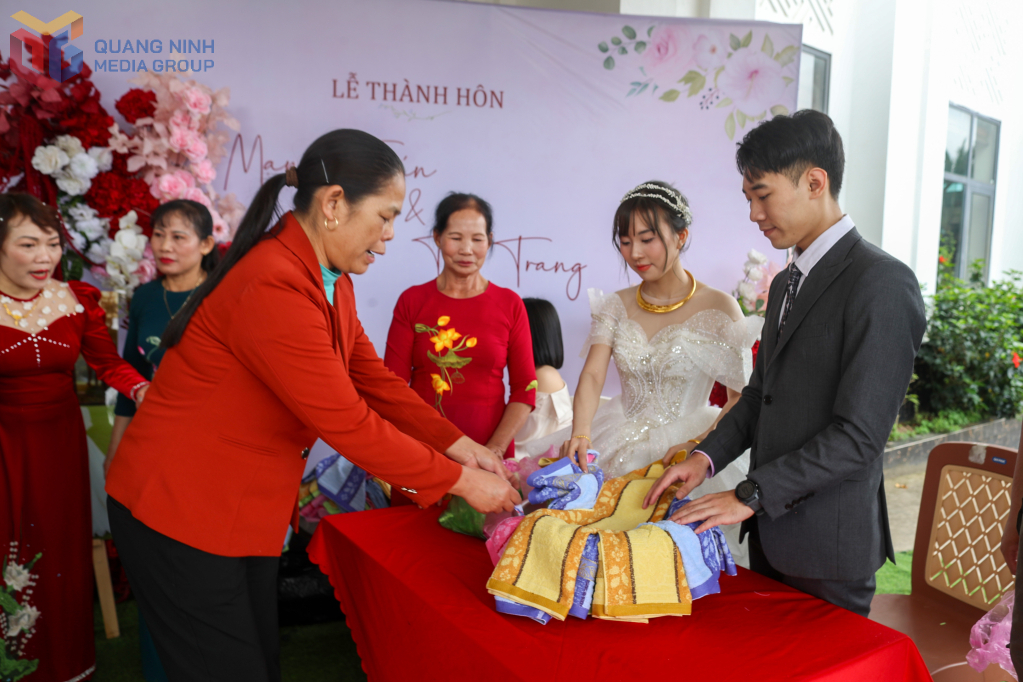
According to statistics from the Department of Ethnic Minorities and Religions of Quang Ninh, the ethnic group with the largest number after the Kinh and Dao ethnic groups, accounts for about 2.88% of the province's population. In Binh Lieu district alone, the Tay community is the most concentrated with nearly 14,000 people, accounting for 44% of the Tay ethnic group in the province. Like many other ethnic groups, the Tay people in Binh Lieu still retain many of their traditional cultural features. One of them is the wedding custom. The traditional wedding ceremony of the Tay people in Binh Lieu usually needs to go through the following steps: Pay tham au loc menh khao (asking for a white fate), Tat bau au loc menh deng (giving betel leaves to get a red fate), Pay tinh (proposing the marriage), Pay poong lau (setting the wedding date), Slông lu (seeing off the bride), Khai loc slao (marrying off the daughter), Tang lu (welcoming the bride), Dao na (washing the face) and finally the face-return ceremony.
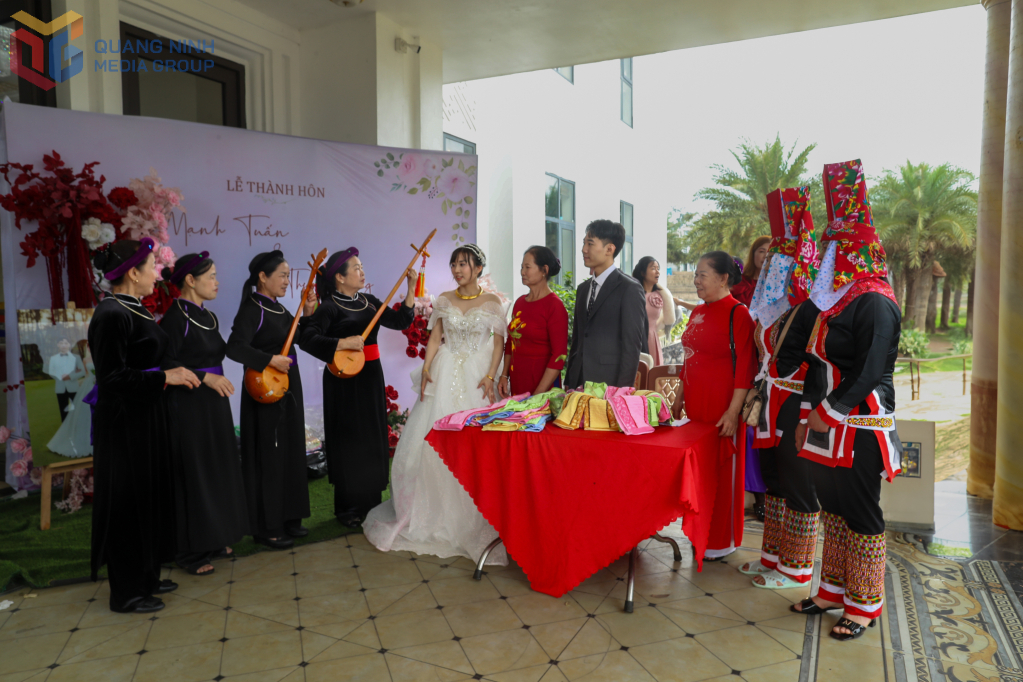
In particular, the face-washing ceremony is only held at the groom's house. After finishing the wedding feast, the bride prepares about 300-400 face towels, depending on whether the family has many people, she prepares more, and if the family has few people, she prepares less. The bride takes the face towels that have been arranged in a basin, with a silver ring in the basin, places them on the table, then stands or sits with her parents-in-law next to the main door. The husband's relatives come to wash their faces, and the mother-in-law introduces them to the daughter-in-law so that she can formally recognize her grandparents, aunts, uncles, brothers, and sisters.
The guests take a face towel and hold it over the basin two or three times, then wipe it with their face and put money in the basin as they wish and say their blessings to the young couple. In particular, only the brothers, sisters, aunts, uncles, grandparents who are the groom's seniors are allowed to receive the face towel. The younger siblings and nieces and nephews of the groom will not be allowed to perform this ceremony. If the guests are still married, the bride will give a pair of face towels. Those who are not married, or whose spouse has died, will only receive one towel.
No one in Binh Lieu knows when this custom started. They only know that the Tay people in Binh Lieu always value affection, especially family affection. Relatives always love and help each other. The work of one family is the work of the whole family. The purpose of this custom is to introduce the order of relatives on the husband's side to the bride and the groom's relatives to accept the new member of the family and clan. This also helps the brothers in the clan to be more united, to share joys and difficulties with the newlywed couple, through which the family and clan help and support a small amount of money as capital for the young couple to do business later.
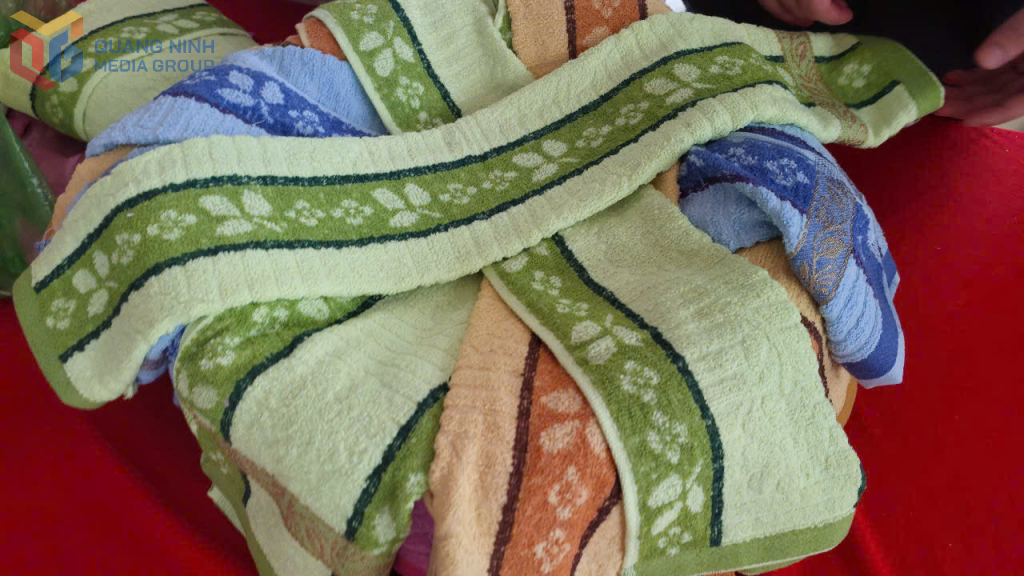
The face-washing ceremony takes place after the wedding party. The items in the face-washing ceremony cannot lack a bronze basin and a silver ring. The groom's relatives take turns performing the face-washing ceremony from high to low. First are the husband's parents, then the grandparents, uncles, aunts, brothers and sisters. The husband's parents sit next to the bride and introduce the family members to the bride, then the relatives come out to receive the symbolic face towel and wish the bride and groom well, drop money (the amount of money depends on the bride's wishes) into the basin and take the face towel. This custom is only done at the groom's side. Therefore, today, in the context of cultural exchange, girls of any ethnicity when they become brides of the Tay people all go through this ritual.
In the past, when the market economy was not yet developed, people brought usable items to give to the bride and groom, some gave blankets, some gave pots, basins... to help the young couple prepare for a new life. Nowadays, when the economy is more developed, most people put money in the basin for the young couple to use as capital to do business. Some people put in 50,000 VND and get a pair of scarves, but some people put in up to 500,000 VND for a scarf, depending on the economy of each family. Now, when the economy is better, at weddings in Binh Lieu, some people even put gold into the basin to congratulate the young couple before receiving the handkerchief. In the past, after receiving the scarf, the Tay people would sing wedding songs to bless the young couple. Nowadays, this singing is rarely done anymore and mainly takes place on the main stage.
The Tay people perform the face-washing ceremony here because it is a characteristic of Binh Lieu while the Tay people in other provinces such as Tuyen Quang, Cao Bang, Bac Kan do not have this custom. Therefore, the face-washing ceremony in weddings is a beautiful and profound custom of the Tay people that needs to be preserved and promoted. Currently, in Tay weddings, although many rituals have been changed to suit modern style, the face-washing ceremony is still performed by families as a beautiful traditional feature that needs to be preserved.
Pham Hoc
Source





![[Photo] Prime Minister Pham Minh Chinh receives Swedish Minister of International Development Cooperation and Foreign Trade](https://vphoto.vietnam.vn/thumb/1200x675/vietnam/resource/IMAGE/2025/5/12/ae50d0bb57584fd1bbe1cd77d9ad6d97)
![[Photo] Prime Minister Pham Minh Chinh works with the Standing Committee of Thai Binh Provincial Party Committee](https://vphoto.vietnam.vn/thumb/1200x675/vietnam/resource/IMAGE/2025/5/12/f514ab990c544e05a446f77bba59c7d1)
![[Photo] Prime Minister Pham Minh Chinh starts construction of vital highway through Thai Binh and Nam Dinh](https://vphoto.vietnam.vn/thumb/1200x675/vietnam/resource/IMAGE/2025/5/12/52d98584ccea4c8dbf7c7f7484433af5)


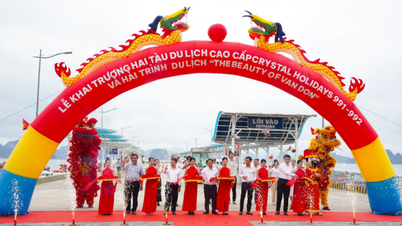

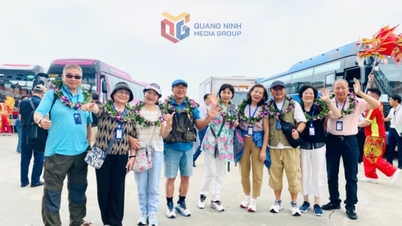




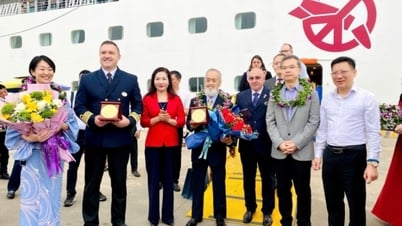
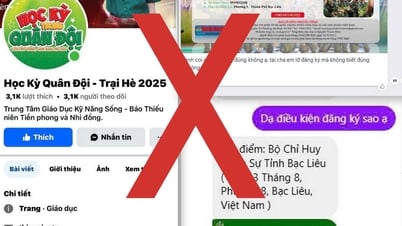
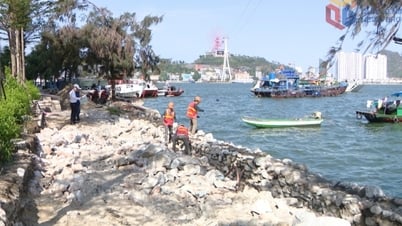
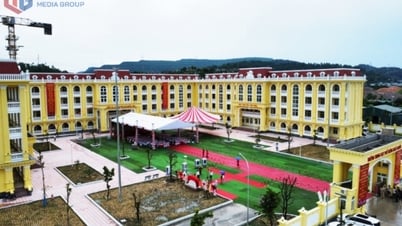
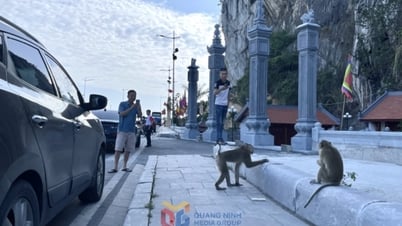
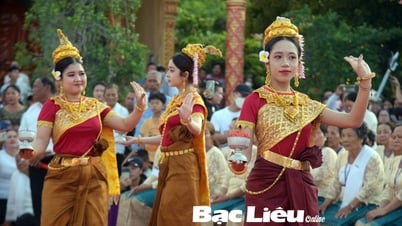





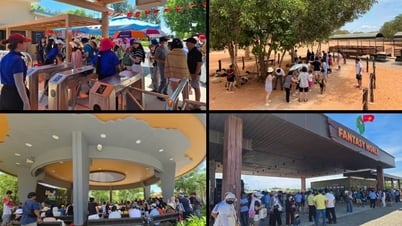

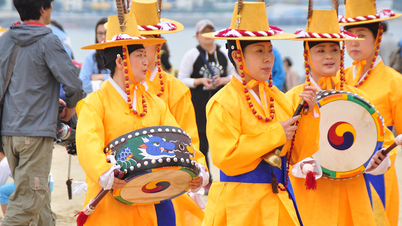

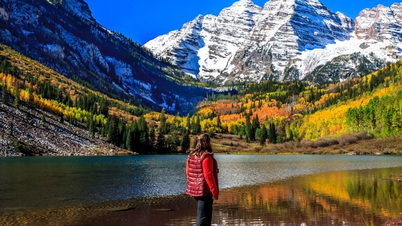


















































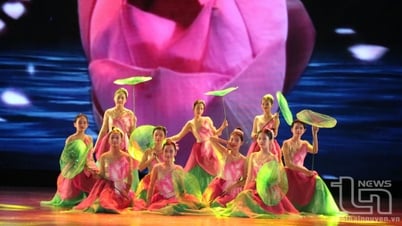

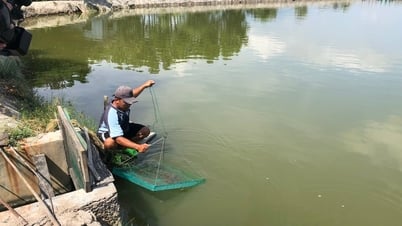

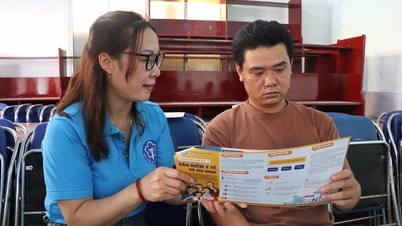
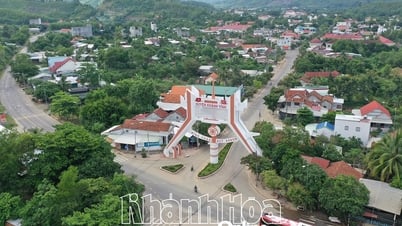










Comment (0)